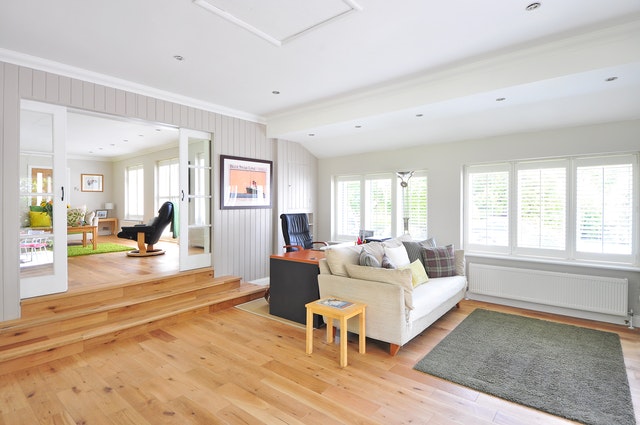There are many choices in window treatments ranging from natural to synthetics. Each has pros and cons. Here are tips to help with the decision.
When it comes to having a beautiful room or a mediocre one, often the difference is in the details. Yes, fabric, paint, and furniture are important, but the “little things” like accessories and room accents often make the difference. Unfortunately, one of these “little things” is the type of blind choice. With so many alternatives accessible today, it’s critical to grasp the benefits and drawbacks of each.
Aside from the fabric and patterns that make up a beautiful window treatment, perhaps one of the most important aspects of window treatment is the type of blinds chosen. After all, if an individual has a single-level house outside the city limit, one may choose to have curtains only. Still, if living in a townhouse in Atlanta, blinds would offer more privacy and a better sense of security.
Some of the most common window treatment choices used today are wood blinds and Polywood. Each is a practical way to ensure that a home’s décor is everything desired, but there are distinct drawbacks and benefits for each type. Recognizing the pros and cons of these window treatments can make a huge difference in the homeowner’s decorating budget and the room’s overall appearance.
The Advantages and Disadvantages of Polywood
Polywood or faux wood blinds are made of recycled materials or heavy plastics and are extremely affordable to the everyday consumer. They come in a variety of sizes and can be obtained at most home improvement and retail establishments. In addition, they can be easily adjusted to meet the dimensions of virtually any window. These blinds don’t warp very easily, and they often come with a lifetime warranty from the company that makes them.
The Polywood blinds are flexible, making them easier to clean; they can be used both inside and out and offer durability and resistance to rotting, warping, cracking, or splintering. In addition, they are cheaper than wood blinds and can be adapted to any design or decorating style. Consequently, these faux wood blinds are used in many homes, especially those with young children or where extremes in temperatures are common.
The key disadvantage of Polywood blinds is that they do not always look as good or professional as a wooden blinds. Also, some brands are prone to fading or yellowing over time. Moreover, Polywood blinds have limited color selections and are typically heavier than wood blinds making them more difficult to raise and lower. This additional weight requires that they have more “ladders” and also makes them more likely to sag.
The Advantages and Disadvantages of Wood Blinds
The blinds are made from actual wood and come in several wood choices ranging from Bamboo for a more casual look to the elegance of cherry or oak, or they are stainable or paintable to coordinate with any décor. Also, installing wood blinds gives an added security measure as inside views are blocked.
Wood blinds are not usually found in one’s local home improvement store, so scheduling a home consultation to purchase them is necessary. Also, wooden blinds are more expensive, but proper care will last for many years. Wooden blinds are also not as child-friendly as they can be broken if bent or pushed down too hard. In addition, if living in a climate where excessive moisture is common, wooden blinds may warp.
Overall, when it comes to home decorating-whether inside or out is important to choose what will work best for individual needs. After all, there is no perfect product, just personal preference. But, by knowing the pros and cons of plywood and natural wood, at least it is possible to make an informed decision.




